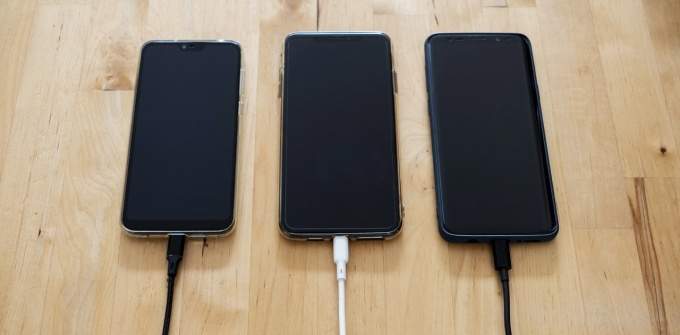

While it may sound risky at first, it’s safe to use any of Apple’s USB-C chargers, as your iPhone or iPad is what determines the power it receives, not the charger. The good news is that modern iPhones and iPads work with all of the Mac notebook USB-C chargers, even the 96W model that comes with the 16-inch MacBook Pro. Third-party options often cost less, but what about using something you already have? But picking up a new USB-C to Lightning cable and 20W charging block from Apple costs $40 if you need both. However, starting in fall 2020 with the iPhone 12/12 Pro launch, Apple stopped included a power adapter in the box with all new iPhones.įast charging offers around 50% battery in 30 minutes. If you want something with more ports than your MacBook charger, two of the best options are Satechi’s compact 3-port 66W GaN USB-C Charger and Anker’s 36W dual-port USB-C charger.Īpple used to ship an 18W USB-C power adapter with the iPhone 11 Pro models and the 5W adapter with older iPhones. It’s unclear for now if the whole iPhone 13 lineup can pull up to the 27W max, but as detailed below, it doesn’t hurt to use a higher powered wall plug as the iPhone is what determines the power it gets. Update 9/30: With the iPhone 13 Pro Max being able to pull up to 27W of power, using 30W+ power adapters will give you the fastest charging times. But what if you already have a higher-powered USB-C charger from your MacBook Pro or MacBook Air? Follow along for which iPhones and iPads you can fast charge with Apple’s MacBook chargers or similar third-party chargers.

Recommendations to fast charge iPhone or iPad often include picking up the 20W power adapter from Apple or similar from a third party.


 0 kommentar(er)
0 kommentar(er)
